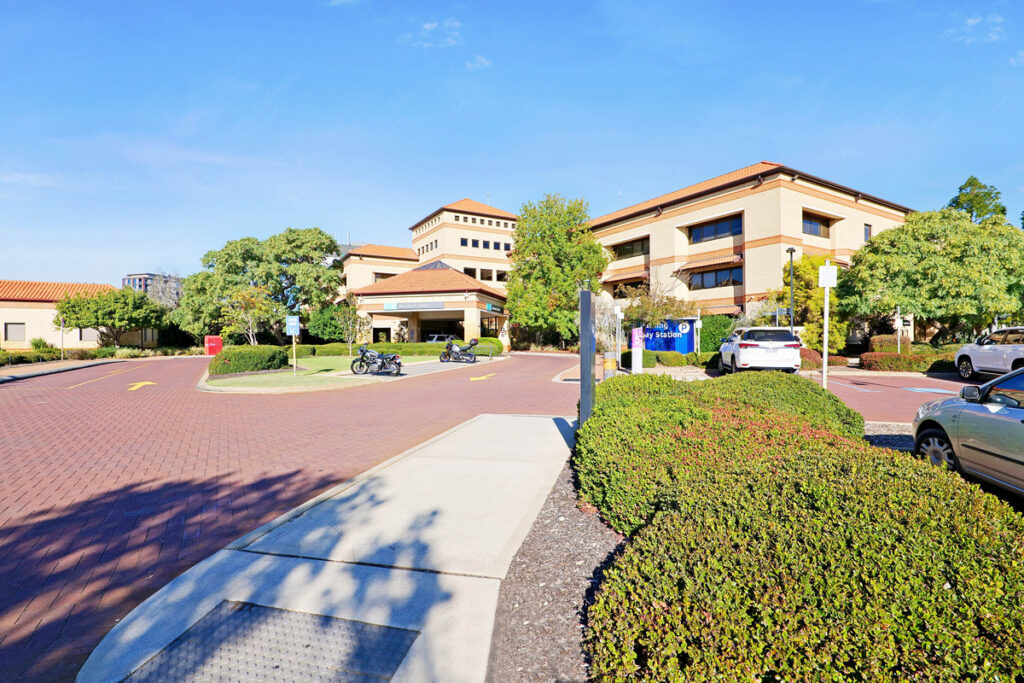Industrial properties are more than just warehouses and factories – they are the backbone of the economy, providing essential infrastructure and services for multiple sectors and industries. In Western Australia, industrial properties also play a significant role in supporting the state’s growth and development.
For our latest Insights article, we spoke to Colm McHugh, Senior Partner Agency at Sterling Property, to delve into the key factors that are contributing to the demand for industrial properties and outline their pivotal role in shaping WA’s future.
Supporting the growth of key industry sectors
The industrial property market in WA predominantly supports key sectors such as resources, logistics, manufacturing, and defence. Ensuring the supply of strategically located and well-serviced industrial land and property across WA helps to support these industries to start, continue, or expand their operations. In turn, these businesses contribute to the local economy and create more local employment opportunities across the State.
In the 2018-2019 financial year, the gross output from the State’s 12 Strategic Industrial Areas (SIA) – which are designed for investment in downstream processing – was more than $49 billion. In addition to this, the State’s 16 major industrial centres and General Industrial Areas (GIA) provided more than 152,000 jobs across the Perth and Peel regions.
“Collectively these sectors currently make a significant contribution to our State and will continue to play an important role in our future,” said Mr McHugh.
The Western Australian Planning Commission (WAPC) expects the State’s population to top 3.5 million by 2036, which represents an annual average growth rate of 1.8 per cent or an extra 55,400 people per year. The growing population will require access to new employment opportunities, as well as housing, services, and amenities all within a local community.
Securing industrial land to align to business needs
When it comes to finding the right industrial land for a business, location that supports business needs is key. Many businesses require access to good transport networks including roads, ports, and airports, while other considerations include zoning requirements, access to modern amenities, technology, or proximity to certain businesses, communities, or customer bases.
As Mr McHugh explains, industrial areas often attract businesses with similar needs or customers. “At Meridian Park in the north, a lot of businesses locating there are servicing the residential population within the area or other commercial businesses within the northern suburbs,” he says. “Nearby, the Australian Automation and Robotics Precinct (AARP) is all about innovation in the robotics and mining industries, so businesses are starting to be attracted to that area as well to align themselves with the information and innovations.
“In the Eastern Corridor, businesses are more focused on logistics, supply chain demand, and accessibility to investments and transport infrastructure. In the South, the demand for industrial land is built around servicing the oil and gas sector, shipbuilding, and other heavy industries where there are growing employment opportunities”.
It’s not only about big lots for big businesses either. Within the northern and southern suburbs in particular, smaller businesses are being supported by developers who are creating smaller industrial units to suit diverse needs. “That’s providing enough supply for first-time businesses, start-ups, and small businesses to access 100 to 300 square metres, or the affordability to buy 2,000 to 3,000 square metres,” said Mr McHugh.
What is driving demand for industrial land in Western Australia?
There are currently three main factors driving demand for industrial properties across the State, including:
- The ongoing strength of the State’s resources sector, which relies heavily on service industries and supply chains.
- The continued growth of our population, which necessitates further expansion of service industries, from logistics to general trades, to meet the needs of growing communities.
- The lack of available supply of industry land, which is causing pent up demand and long wait times for prospective buyers.
“Trying to find land that is titled and ready to go is very hard. Recently, the majority of land sales are sold off the plan, and buyers are waiting 12 to 18 months for titles before getting access to develop,” said Mr McHugh. Sterling Property has been selling industrial land in Meridian Park in Neerabup Industrial Area, Crossroads Industrial Estate and Tonkin West Industrial Estate in Forrestdale, and the Latitude 32 Industry Zone within the Western Trade Coast, where interest has remained high.
“We’re finding that the new stages in these estates are creating new records or higher prices every time we’ve released,” said Mr McHugh. “From a buyer’s perspective, the high demand means they need to put their best foot forward and get in quick. Moving forward we expect the industrial market will remain very active and very competitive”. Over time, further investment in industrial estates and surrounding areas is expected to help meet these needs.
For example, Western Australia is set to lead the way in Australia’s AUKUS Pathway, maintaining its esteemed position as the home of Australian submarines. This ambitious long-term project, focused on obtaining and operating conventionally armed, nuclear-powered submarines, will bring substantial economic advantages and employment opportunities to the region.
“The Australian Government has committed to investing up to $8 billion over the next ten years to enhance HMAS Stirling, generating approximately 3,000 direct employment positions. There’s going to be plenty of jobs to enter that area over the next 10 to 20 years which will have a huge knock-on effect, by boosting demand for other businesses to support the sector, and requiring new residential developments to ensure people who come for these jobs have local accommodation and services.” said Mr McHugh.
How Sterling Property helps to identify industrial land opportunities for the future
Sterling Property work closely with sellers and alongside large land developers to identify new opportunities and to pinpoint strategic areas for new industrial estates, to help to meet future demand. For example, over a period of a few years, Sterling Property worked closely with a long-term client to identify a 20-hectare parcel of land to create a new, previously unplanned stage of an existing industrial estate. Sterling Property identified the land, negotiated the acquisition on behalf of its client, and managed the sale of all 26 lots within the new stage. This enabled the client to not only secure more land to accommodate high demand, but also provide opportunities for employment and business growth.
Industrial properties and thriving industrial precincts are integral to the growth and development of Western Australia. They serve as vital infrastructure to enable the operations of key support sectors, create employment opportunities, and drive economic activity. But as the industrial landscape continues to evolve, it is important for industrial property developers, owners and tenants to be aware of changes and new opportunities.
Get in touch with us today or visit us at our Subiaco office to discuss your industrial property needs.










